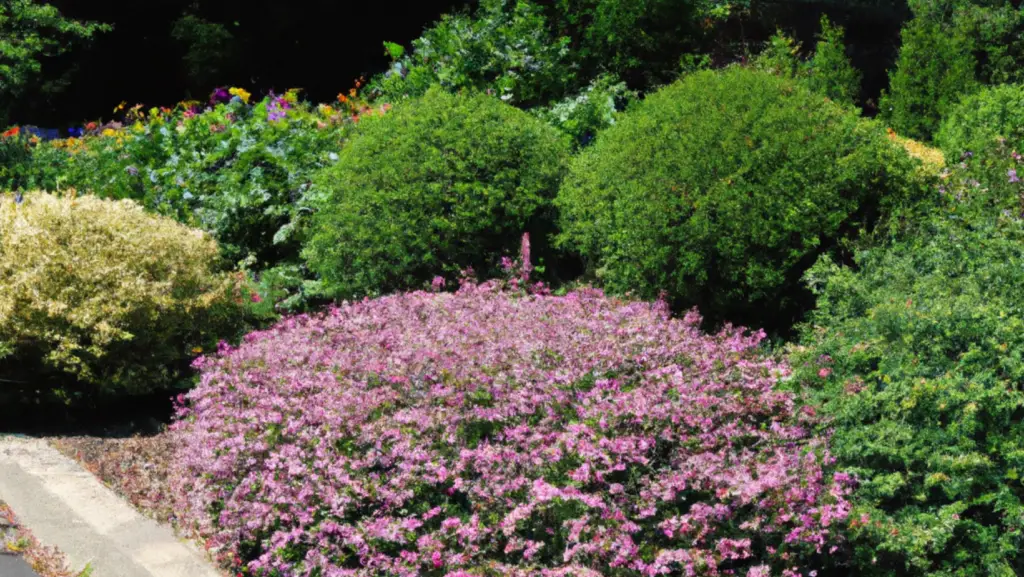
Are you looking to add some color, texture, and interest to your garden or landscape, but don’t have a lot of room to work with? Well, have no fear, because we’ve got just the thing for you – dwarf shrubs!
These little guys pack a big punch in terms of style and are perfect for small gardens, tight spaces, and even container gardening.
In this article, we’re gonna dive into some of our favorite dwarf shrubs, including their unique characteristics, care tips, and where they’ll thrive best in your garden.
So get your tools ready, pruning shears, watering cans, your prettiest pots and let’s see how to style your outdoor space with dwarf bushes and dwarf shrubs.
Forsythia
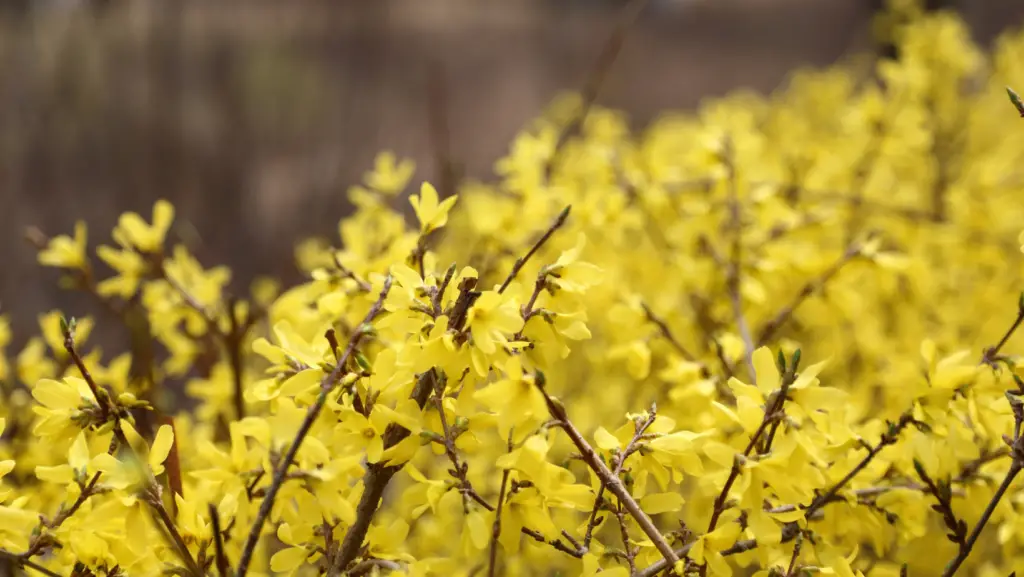
The first flowering shrub of the year, the forsythia marks the beginning of spring. Not all of its varieties match that of a dwarf shrub, so be careful when purchasing.
The ‘Goldilocks’ variety for example is ideal for those who want a beautiful plant without sacrificing too much space. This variety grows in a compact ball of no more than 70cm high and 1m wide. Its flowers are of a powerful yellow almost golden.
Learn more about the Forsythia shrub
Dwarf Boxwood (Buxus)
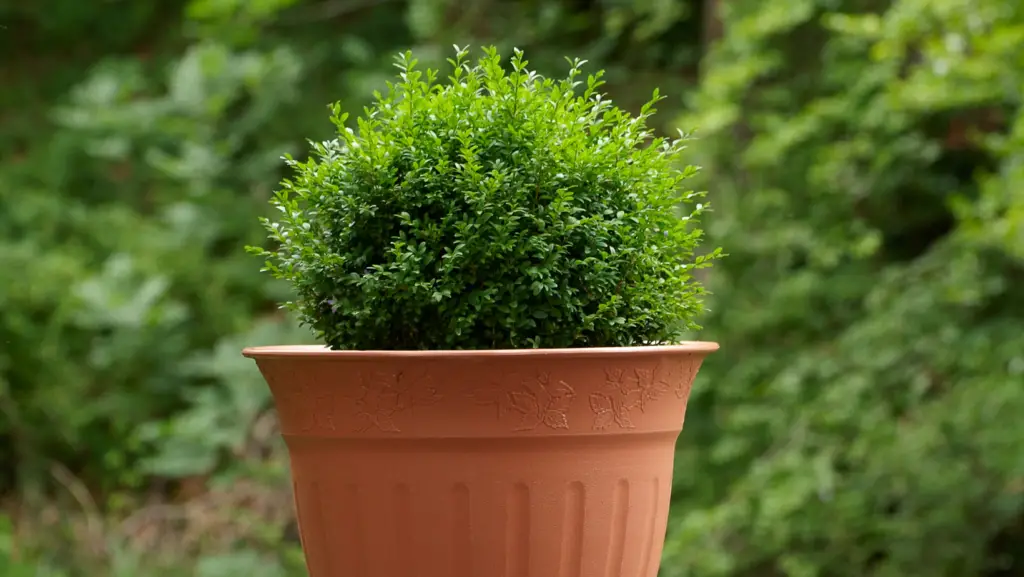
Boxwoods are easy to grow as they are very resistant (especially to cold). These hardy evergreen bushes are extremely slow growing for the most part and can be kept to a reasonable size without spending hours and hours maintaining them.
Some boxwoods are dwarf shrubs with evergreen, oval and glossy leaves ideal for beautifying your spaces.
As for the varieties to aim for, I would mention two here, Buxus microphylla ‘Sinica’ (Chinese variety) for topiaries, and ‘Suffruticosa’ for small borders of about a foot high.
Learn more about Boxwood shrubs
Butterfly Bush (Buddleia)
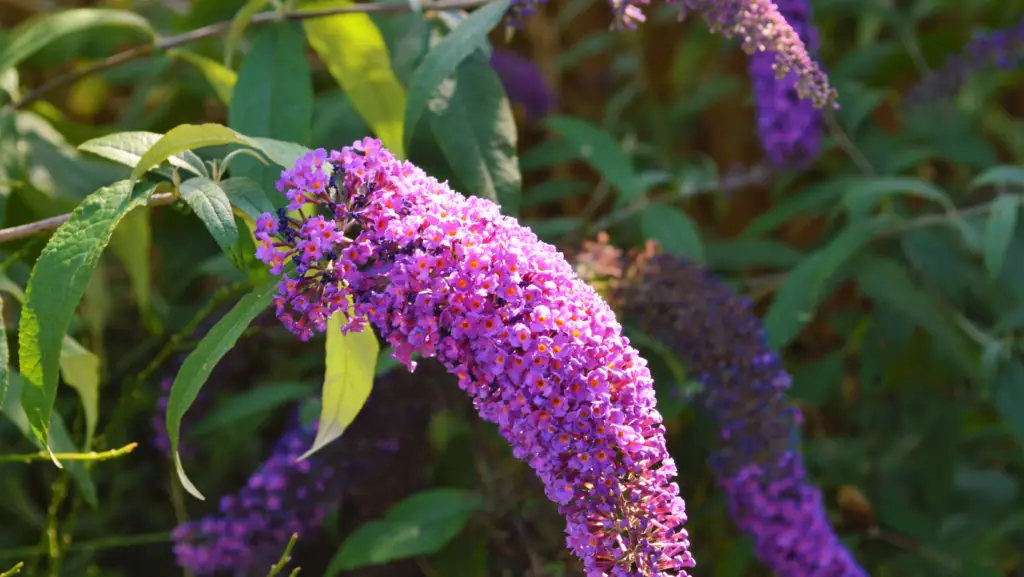
Buddleia will make all beginners happy, they are easy to grow and give a sublime result for little maintenance. The blooming season gives rise to large spikes of brightly colored flowers, which bring life to a garden or pot.
Normally of medium size (about 2.50-3m spread), there are however dwarf varieties like the ‘Purple Emperor’, which almost never exceeds 1m spread. Ideal for a nice pot.
Learn more about the Buddleia plant
Dwarf Barberry Shrubs
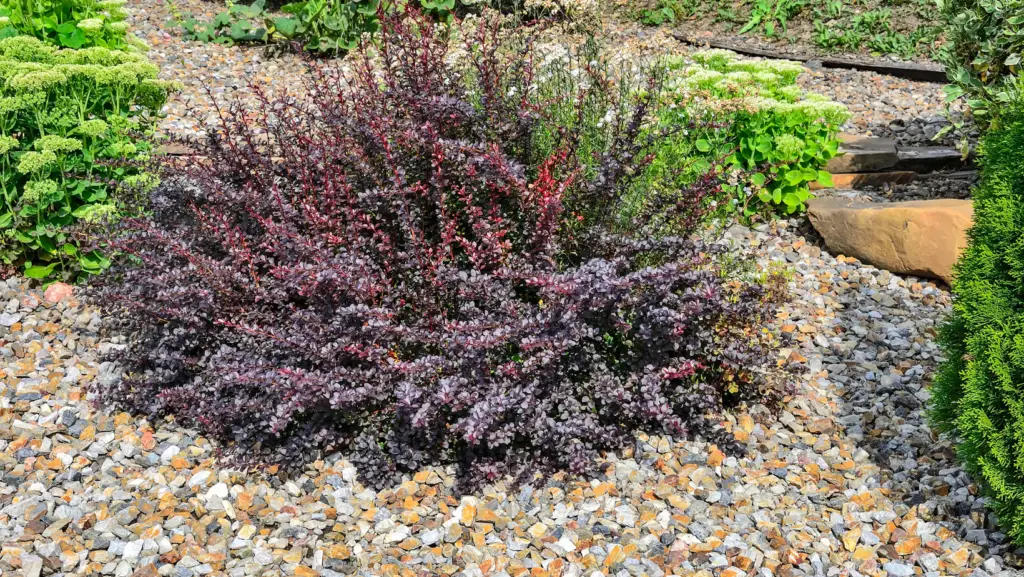
The family of berberis bushes is extremely varied. We are talking about more than 450 species! The diversification between the different species is important, different colors of flowers, evergreen or deciduous foliage, a different port, or a different size. It’s to this last characteristic that we must pay attention to, all the species are not dwarf (some even exceed 2m50) so we must be careful when choosing the variety.
For example, ‘Atropurpurea Nana’ is the dwarf form of the variety ‘Atropurpurea’, its size is ideal for rock gardens, ground cover, or pots, having a size not exceeding 30cm high and 50cm wide.
Learn more about the Barberry shrub
Birdsnest Spruce
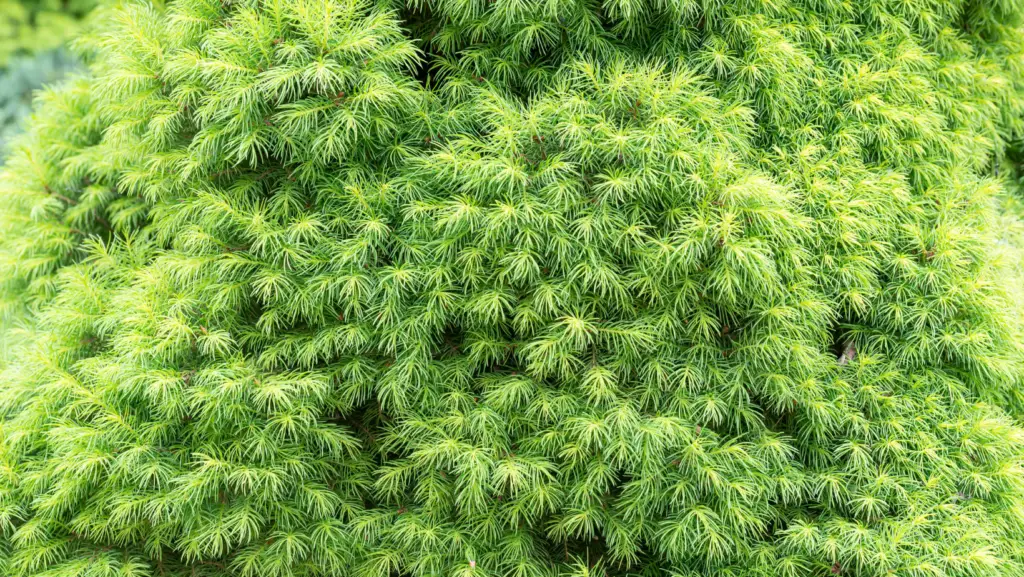
The bird’s nest spruce is a dwarf variety that grows slowly and is known for its nest-like depression in the center of its tightly mounded and compact habit. Its beautiful foliage is the main reason for its cultivation. Its branches are spreading and horizontal to slightly ascending, forming a dense, broad-rounded, shrubby, flattened globe. Though it typically reaches 1-2 feet in height and 3-4 feet in width in its first 10 years, it has the potential to mature up to 8 feet tall and 10-12 feet wide.
Learn more about spruce plants
Pumila Norway Spruce
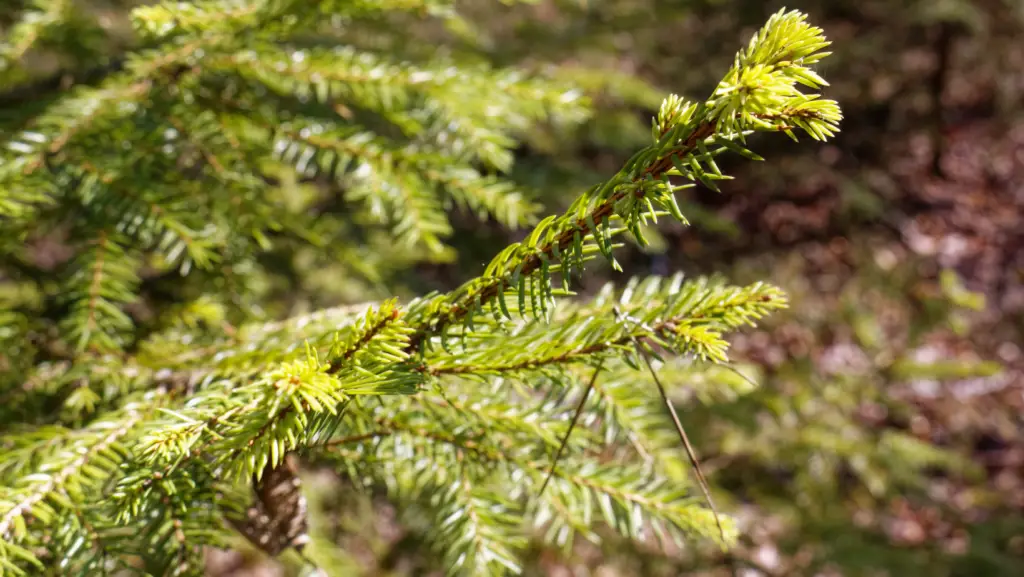
This plant is a total looker with its dark green, thin, soft, flexible and glossy leaves that are arranged in distinct rows. It’s a small, compact, rounded, irregularly shaped shrub with a flat top. The branches are dense, and the primary branches turn upwards while the secondary branches droop as the plant matures.
Just note that it prefers cooler climates, and hot summer weather is not its friend.
Learn more about spruce plants
Caryopteris
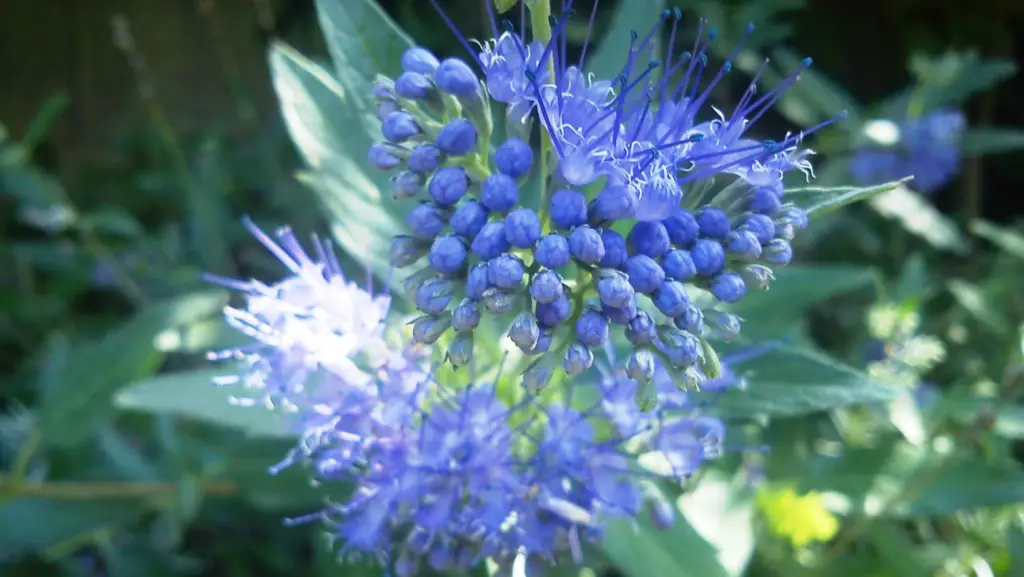
Here is a plant that leaves the standard. With its beautiful flowers of an intense blue grouped in small bouquets, the caryopteris is a discreet bush but which makes its show. Its leaves are also quite singular, fine, toothed, of a green which turns slightly to the blue are very pleasant when one touches them.
This shrub develops in a round form and is never very high, I qualify it as a dwarf shrub since it does not exceed 1m high for 60cm wide.
If the climate allows it, here is an addition to the garden that I can only recommend.
Learn more about the Caryopteris plant
Euonymus
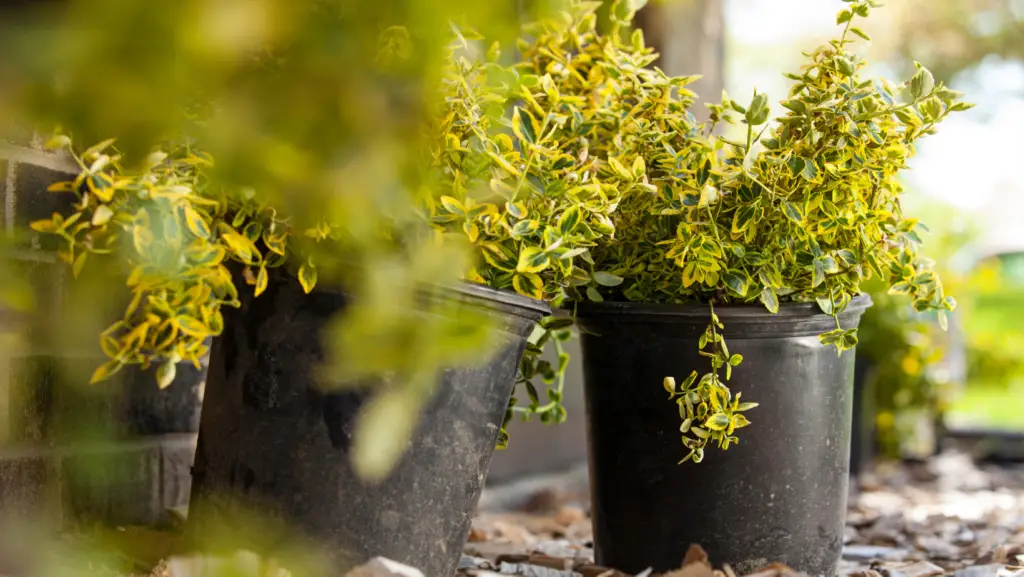
Euonymus plants are noteworthy, with modern additions to the classic varieties that have been used for decades. They boast impressive foliage, and some even have striking fruits. These shrubs can be either evergreen or deciduous, ranging in height from creeping varieties at a few dozen centimeters to the tallest at 4 or 5 meters. Once again, if you’re looking for a dwarf shrub, pay attention to the species you’re choosing.
The leaves come in green or variegated colors, with some turning red in the autumn and adding to the plant’s decorative appeal. The growth rate is fast and the vegetation is abundant. One of the popular creeping species is E. fortunei ‘Emerald Gold’, standing at 30 to 40 cm with bright green foliage and yellow edges. Other similar species of dwarf shrubs are ‘Emerald Gaiety’ and ‘Emerald’n Gold’ with silvery creamy white foliage that turns pink in the winter.
Learn more about Euonymus plants
Potentilla
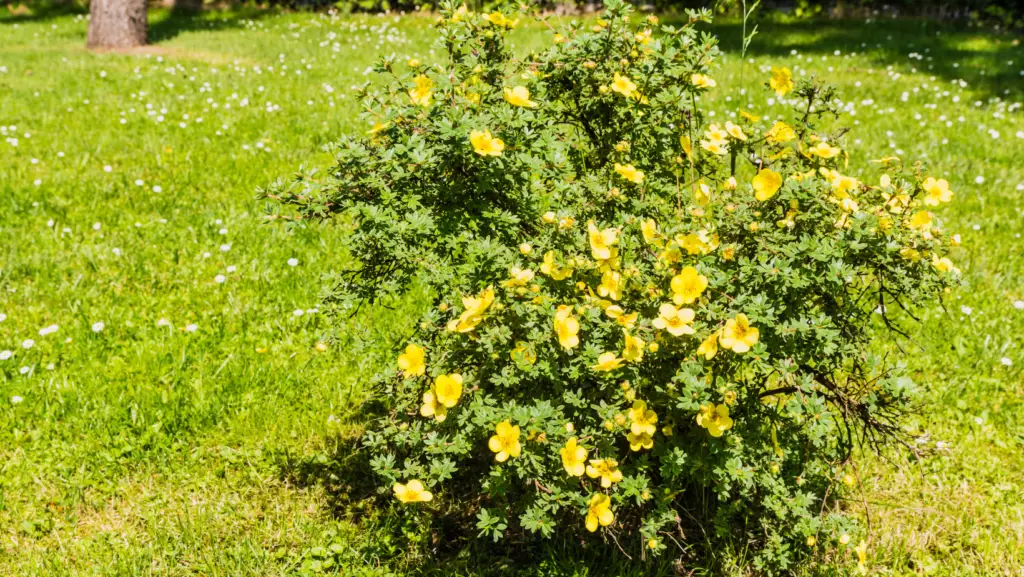
If you’re looking for a low, spreading shrub that almost never grows more than 5 feet tall, consider potentilla.
These shrubs are discreet but really ideal for adding a nice touch of color to your garden. The advantage is that it does so for most of the year.
The small leaves of the potentilla are not the showiest but its beautiful yellow flowers (some varieties can have flowers of another tone) that last from May until early winter are a real eye-catcher.
Learn more about the Potentilla plant
Abelia
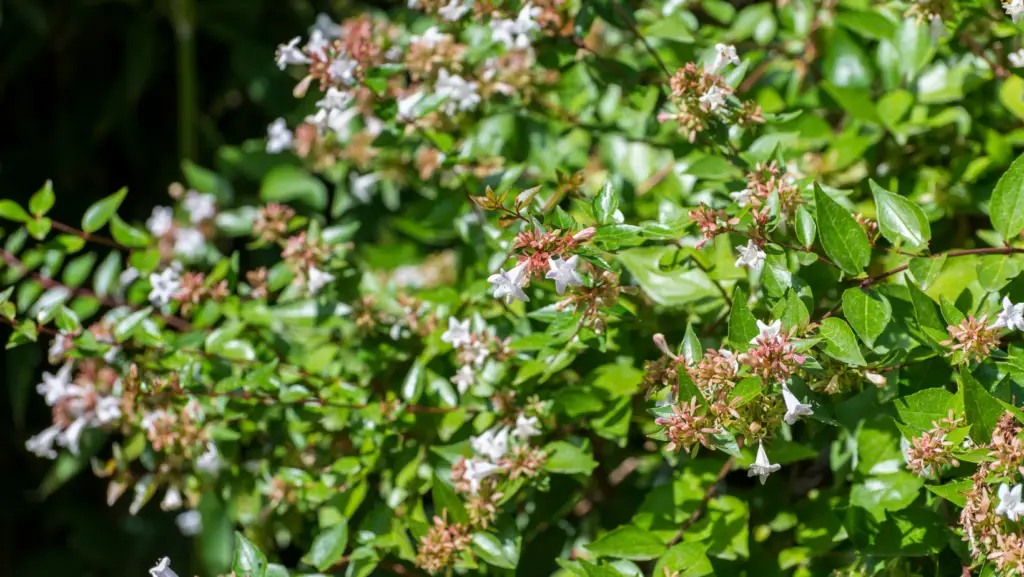
The abelia is a discreet shrub that allows you to decorate your garden absolutely all year long. It has beautiful foliage, small flowers, and colorful bracts that persist for a long time in autumn at the end of the flowering period.
The abelia is a relatively dense bush with brittle branches. Its flowers are small simple bells of white and pink color. Its leaves are green and leathery, with a pointed shape. Usually, its port is rather spread out but we can observe that from its crown, branches dréssées leave and allow a beautiful growth in height of the abelia, whose size can exceed 1m50 if this one is situated in a zone reuniting good conditions.
Learn more about the Abelia plant
Deutzia
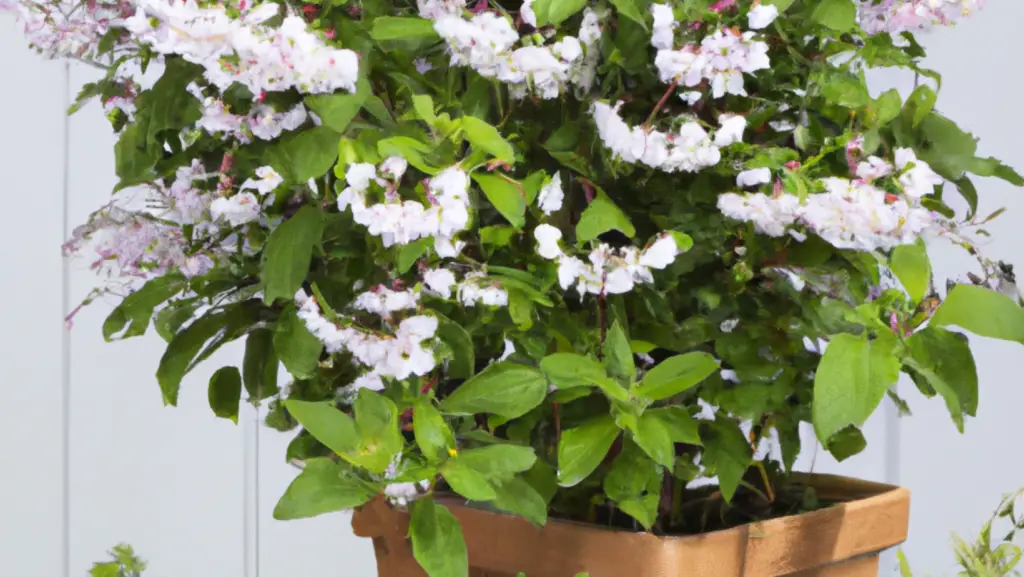
Ideal for beginners and apprentice gardeners, the deutzia is a small, easy-to-grow shrub that blooms absolutely beautifully.
It does not exceed 1m50 and its growth at the beginning is relatively slow. Its shape is rounded and when its flowers come out (the bloom lasts from the beginning of the late spring to the beginning of the summer) in cascades, the branches arch under their weight. Its port is thus weeping.
Generally white or pink, the flowers of the deutzia are magnificent and allow you to embellish a garden with a lot of taste.
Learn more about the Deutzia plant
Japanese spirea
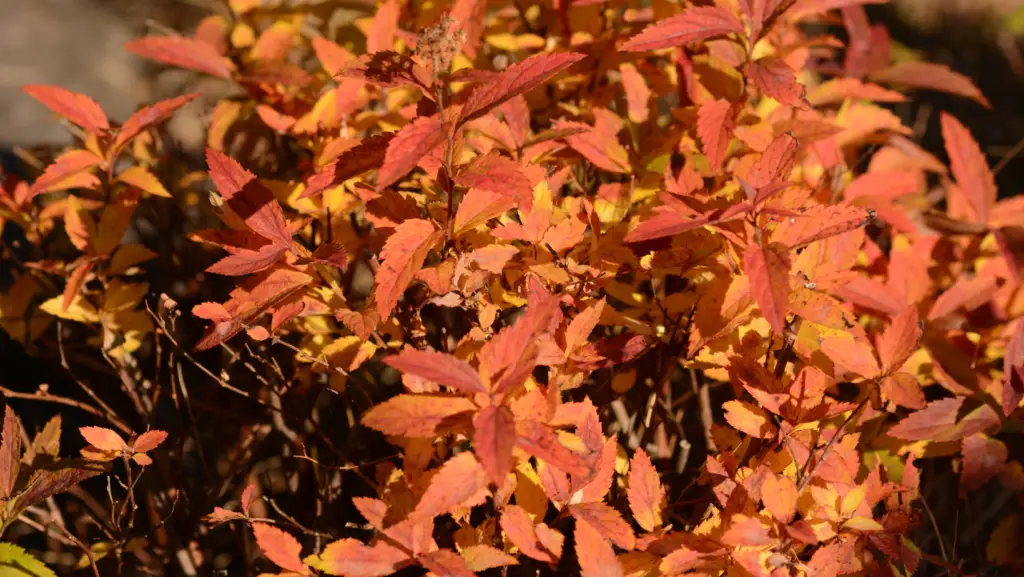
If you’re looking for a low-maintenance plant that blooms in early summer and attracts butterflies, the Japanese Spiraea is a great choice. It’s a deciduous shrub that changes color with the seasons, grows to around 4-6 feet tall and wide, and is pretty drought-tolerant. It’s got a unique shape with an upright and mounded form that creates a thicket of thin, wiry stems.
It’s perfect for banks, as a low mass or filler, or as the front of a shrub border.
Learn more about the Spirea shrub
Curly Top Sedge
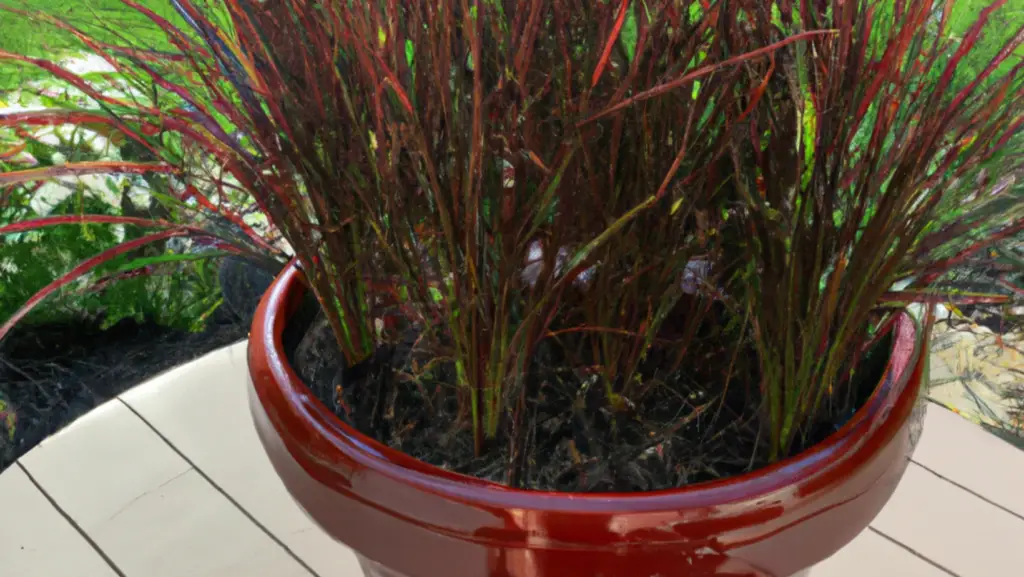
This cool-season grass from New Zealand is a breeze to take care of and adds a pop of color to your landscape. The Curly Top Sedge (also called Leatherleaf Sedge) grows in arching clumps to 2 feet tall and wide and has coppery bronze, fine textured leaves that curl at the top.
It’s a great contrast to any green-leaved plants in your landscape and can be used as an accent in a rain garden, mass planted in the front of a border or along a walkway, or even tucked in between rocks. It also adds a light hair-like texture to any large container planting.
What to do next?
Now that you know a few ideal varieties to grow, whether you’re looking for a low-maintenance option or something with a little more style, there’s a dwarf shrub that will meet your needs.
I invite you now to take your time, choose the right species and then start gardening! You have to try and find out what looks best in your garden!

Hi!
I am the guy behind Theyardable.com. I grew up on a homestead and I am here to share the knowledge I have and things I learn while living in the countryside.
